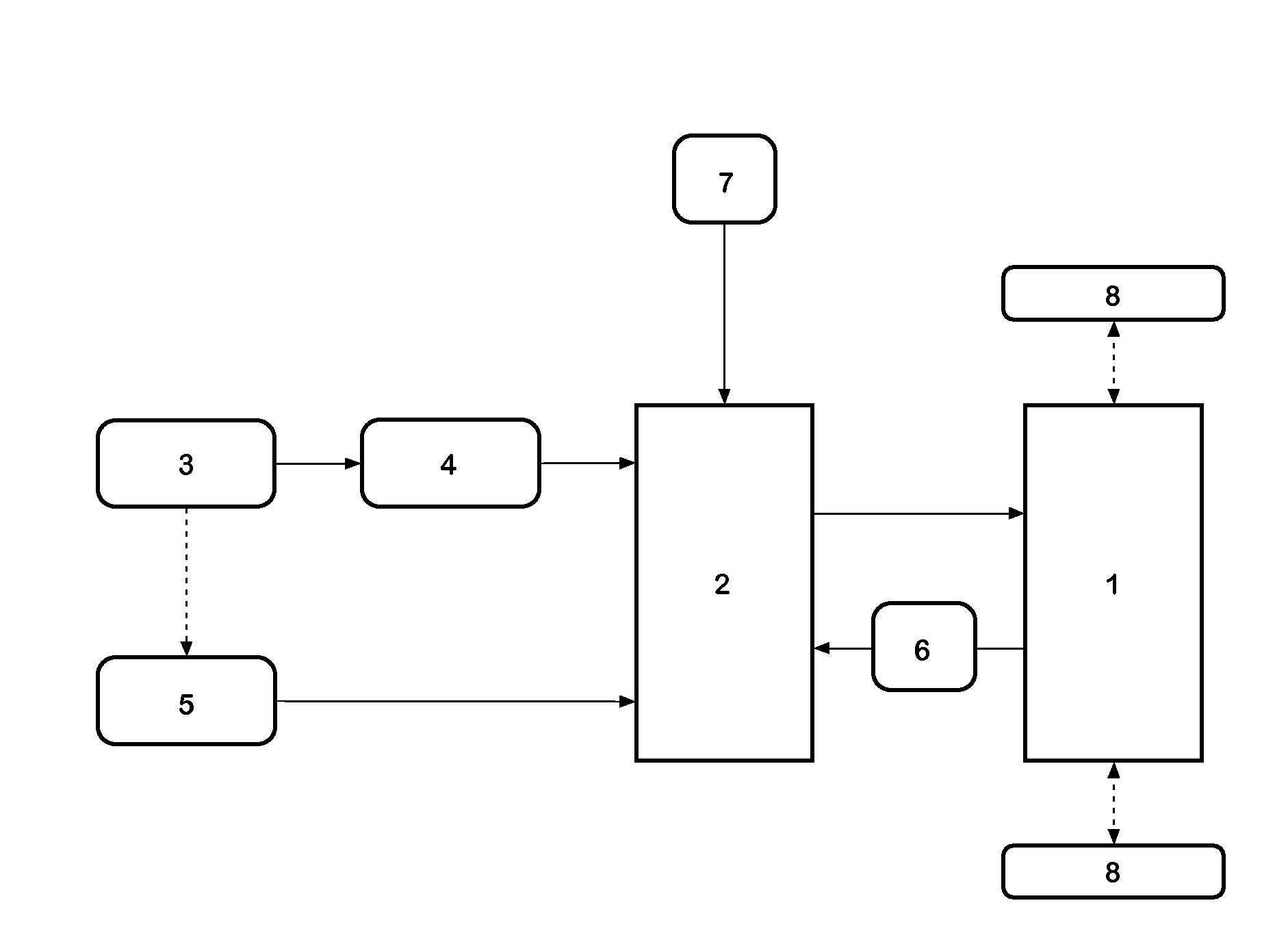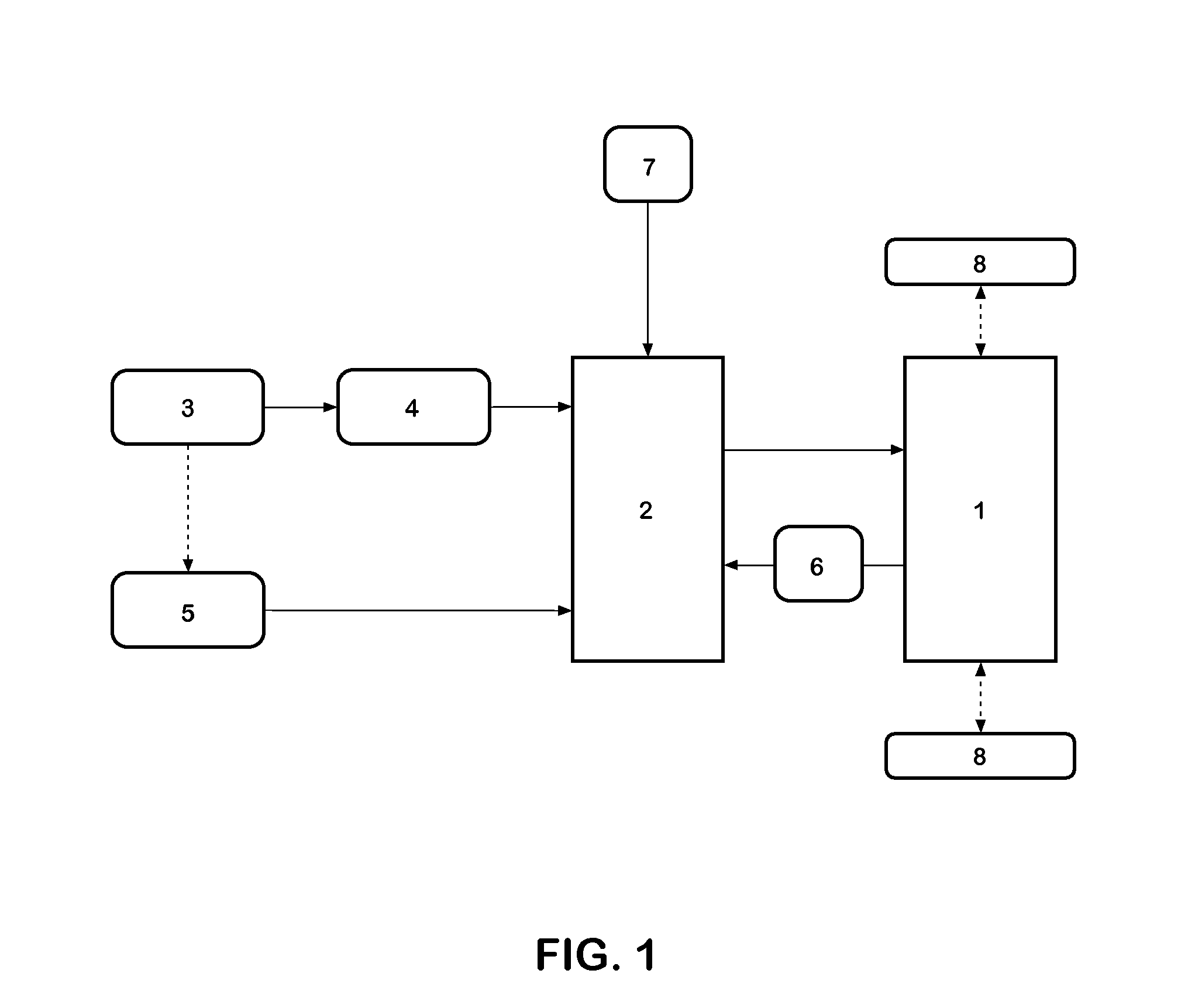Stirling-Electric Hybrid Automobile
a hybrid, electric technology, applied in hybrid vehicles, reciprocating combination engines, machines/engines, etc., can solve the problems of inability to generate useful amounts of power, inability to adapt inability to use such engines for automobiles, etc., to achieve slow response to varying power demands, reduce harmful emissions, and improve fuel economy
- Summary
- Abstract
- Description
- Claims
- Application Information
AI Technical Summary
Benefits of technology
Problems solved by technology
Method used
Image
Examples
Embodiment Construction
[0017]While the present invention will be described with reference to preferred embodiments, it will be understood by those who are skilled in the art that various changes may be made and equivalents may be substituted for elements thereof without departing from the scope of the invention. In addition, many modifications may be made to adapt a particular situation or material to the teachings of the invention without departing from the essential scope thereof. It is therefore intended that the present invention not be limited to the particular embodiments disclosed as the best mode contemplated for carrying out this invention, but that the invention will include all embodiments and legal equivalents thereof which are within the scope of the appended claims.
[0018]FIG. 1 is a schematic representation of the distribution of power which takes place in the Stirling-Hybrid Automobile of the invention herein disclosed and claimed. Referring to FIG. 1, automobile 1 is used to produce the mo...
PUM
 Login to View More
Login to View More Abstract
Description
Claims
Application Information
 Login to View More
Login to View More - R&D
- Intellectual Property
- Life Sciences
- Materials
- Tech Scout
- Unparalleled Data Quality
- Higher Quality Content
- 60% Fewer Hallucinations
Browse by: Latest US Patents, China's latest patents, Technical Efficacy Thesaurus, Application Domain, Technology Topic, Popular Technical Reports.
© 2025 PatSnap. All rights reserved.Legal|Privacy policy|Modern Slavery Act Transparency Statement|Sitemap|About US| Contact US: help@patsnap.com


